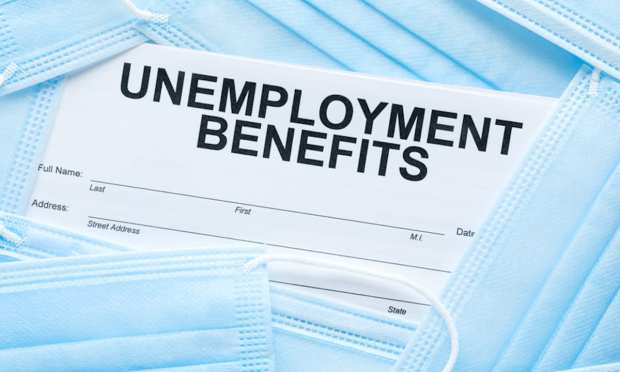No Lapses Seen For Unemployment Benefits, Despite Congressional Delays

The U.S. Department of Labor (DOL) said it doesn’t anticipate any lapses in unemployment benefits, despite repeated delays by Congress in passing COVID-19 economic relief legislation that would extend such payments.
A department spokesperson told CNBC that the DOL does not expect payment disruptions for people claiming benefits under the Pandemic Unemployment Assistance (PUA) and Pandemic Emergency Unemployment Compensation programs, which also furnishes benefits to gig workers and long-term unemployed workers.
Despite congressional delays, recipients can expect to receive 11 weeks of additional benefits without interruption, ending on March 14, 2021. An estimated 14 million workers are currently collecting benefits through the programs, CNBC said.
Program claimants will also be eligible to receive an extra $300 per week in benefits for up to 11 weeks, beginning Dec. 26. The timing of the extra checks will be determined by state unemployment agencies.
President Donald Trump signed a sweeping $900 billion pandemic relief bill on Sunday night (Dec. 27), The Wall Street Journal wrote, averting a government shutdown and providing millions of Americans with help as the pandemic continues through the new year.
There was uncertainty over whether Trump would sign the package for the past several days after he announced objections to the bill passed by Congress last week. Trump’s objections, raised just before Christmas and after Congress passed the bill, were that the $600 relief payments to individual Americans weren’t enough, and that Congress should raise it to $2,000 or he might not sign it. Government funding was set to expire at 12:01 a.m. on Tuesday (Dec. 29) if the 5,000-page bill, which contains annual government spending and foreign aid in addition to the pandemic relief, hadn’t been signed by then.
Meanwhile, financial payments experts have said that the government’s outdated disbursement system may delay the distribution of the eagerly anticipated individual stimulus checks promised under the bill.
Congress, the Department of the Treasury and the Federal Reserve must now confront the ghosts of stimulus disbursements past, in which tens of millions of people had to wait for payments to arrive via snail mail.
“In terms of setting up the process, the fact that we do still from a government perspective distribute so many of our federal payments to individuals in a paper fashion is an incredible challenge,” Wells Fargo’s Michelle Ziolkowski, senior vice president and head of global payables/treasury management, said in a PYMNTS panel.
As federal and state agencies work to reduce infection hotspots and jumpstart commerce, the new PYMNTS Disbursements Tracker for December noted that “pressure is on for these government agencies to upgrade their legacy infrastructures to facilitate a modernized, digital disbursements experience.”
